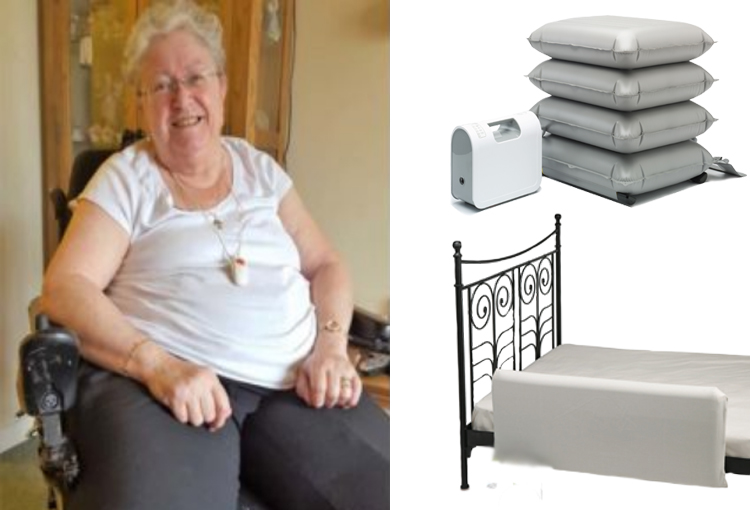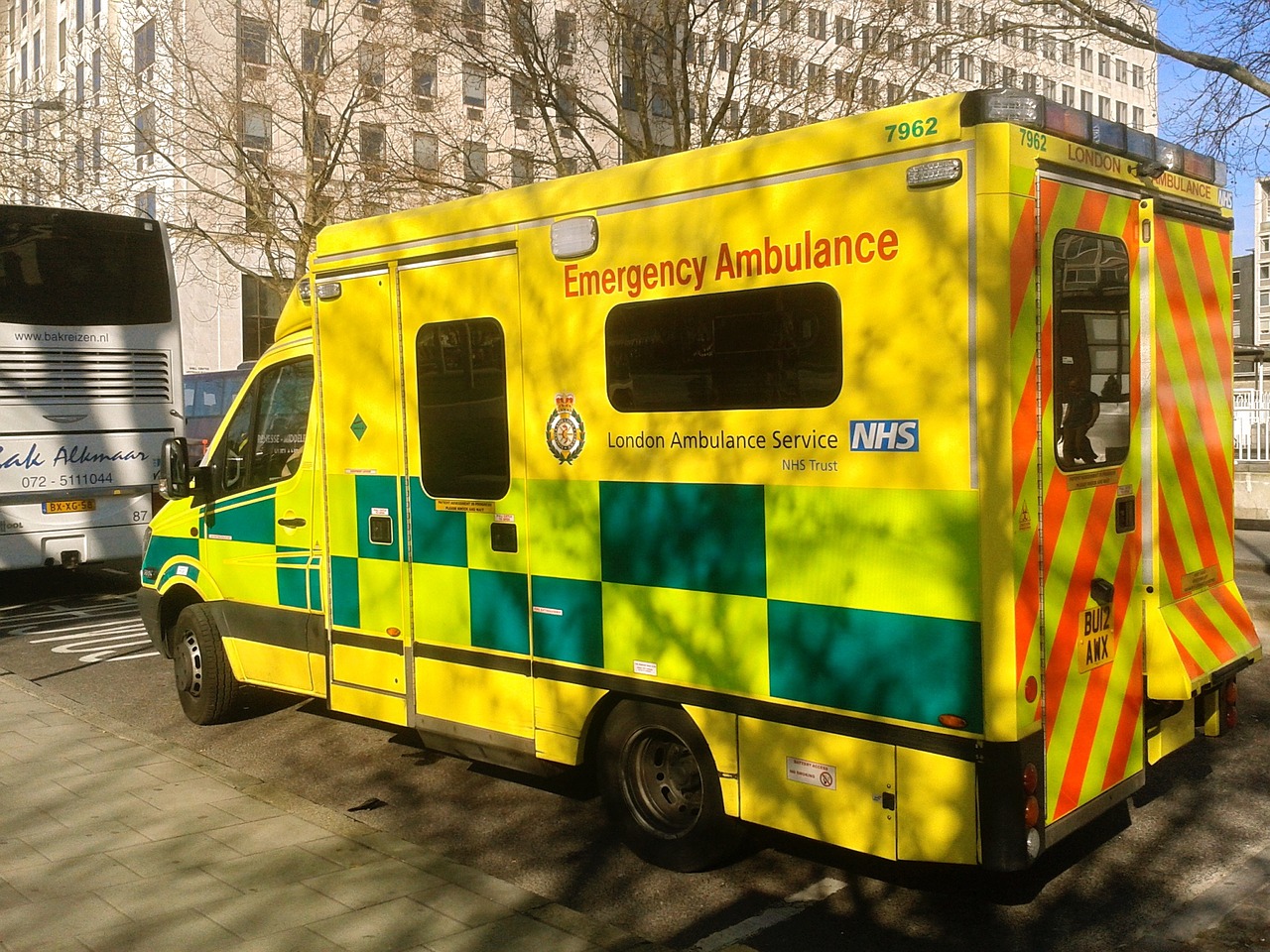Fill our form to download your free research report, written by Dr Mark Hawker.
When Should And Shouldn’t You Lift A Fallen Resident?
A question often asked in carehomes is when is it safe to lift an uninjured frequent faller using a lifting device like the Mangar Health Camel or Elk and when is it appropriate to call an ambulance.
To help answer that question West Midlands Ambulance Service commissioned the ISTUMBLE aid for internal use that is also incredibly helpful for people working in a care home environment…

I Stumble
Intense Pain
New pain since fall, including:
Headache, chest pain and abdominal pain
Consider both pain from injury caused by fall or medical causes
Suspected Collapse
Ask resident if, before their fall, they:
– Tripped – Collapsed
– Felt Dizzy – Felt Nauseous
Trauma to Neck/Back/Head
New pain in neck/back/head following fall
New lump or dent in head with/without bleeding
Any new numbness/paralysis in any limbs
Unusual Behaviour
New confusion
Acting differently to normal self e.g. agitated, drowsy, quiet
Difficulty speaking e.g. slurred speech, words mixed up, marked stuttering
Marked Difficulty in Breathing/Chest Pain
Severe shortness of breath, not improved when anxiety is reduced
Unable to complete sentences
Blue/pale lips, blue fingertips, becoming lethargic or confused
Bleeding Freely
Free flowing, pumping or squirting blood from wound
Apply constant direct pressure to injury with clean dressing (elevate if possible)
Try to estimate blood loss (per mugful)
Loss of Consciousness
Knocked out
Drifting in and out of consciousness
Limited memory of events before, during or after fall
Unable to retain or recall information/repeating themselves
Evidence of Fracture
Obvious deformity e.g. shortened/rotated, bone visible, severe swelling
Reduced range of movement in affected area
Unusual movement around affected area
In all 999 cases remember to keep resident: CALM, STILL & COMFORTABLE
If any bleeding is present, apply constant direct pressure with a clean dressing
Post Fall Assessment Summary – Resident Stays at Home
OBSERVE
Do NOT leave the resident unattended initially
Follow residents care plan
Look for new bruises, cuts, swelling etc., and record on a body map (page 4)
Check resident: Every 10 minutes for the first hour; Every hour for the next 2 hours; Every 2 hours until no longer concerned
If the resident falls asleep following the fall: Physically wake them and get them to talk to you
If there are ANY concerns speak to a health care professional or ring 111
MONITOR
Check and record any change in behaviour or symptoms e.g. nausea, confusion, drowsiness and agitation, for at least 2 days
If the resident displays any of the above symptoms contact their GP
Record in Care Plan and/or notes
REPORT
Complete a Safeguarding Alert Form if:
The resident has an unexplained fall that requires medical attention
There appears to have been a failure to follow the support plan or implement interventions to minimise or flag risk
Inform the resident’s relative(s) or next of kin

Supporting Information
Possible Signs of Fracture:
Shortening of limbs
Restricted limb movement
Inability to weight bear
Pain on applying pressure
Deformity

Head Injury Advice:
Make sure the resident:
Stays within easy reach of help for the first 48 hours
Has plenty of rest and avoids stressful situations
Avoids taking any alcohol or drugs, sedatives or tranquillizers, unless they are advised/given by a Doctor
If they develop ANY of the following call 999 immediately:
A change in consciousness or experience confusion
Fluid leak from their ear or nose
Drowsiness when they would normally be awake
New problems with understanding or speaking, loss of balance, problems walking or weakness in one, or both arms or legs
New problems with their eyesight shortly after the injury
A worsening headache
Vomiting or seizures













This looks like a very useful tool. Is it possible let to have everything a copy to use in the care homes in work into. Obviously I would reference Mangar when using / talking about it. Many thanks Gill
An excellent set of pages, so helpful. Thank you Mangar, I would like a copy of the Post Falls assessment please
Hi, I am interested in this area of Care home work also. Do you have any evidence of cost savings from reducing the 999 calls, or evidence of lower conveyance to A and E services since this was established
Hello Could I have a copy of post falls please will be very useful for myself and my staff.
Thank you.
Hi Alison, Here is a link to a printable ISTUMBLE Guide in our downloads section :https://bit.ly/2Nhgjqj. I hope this helps!